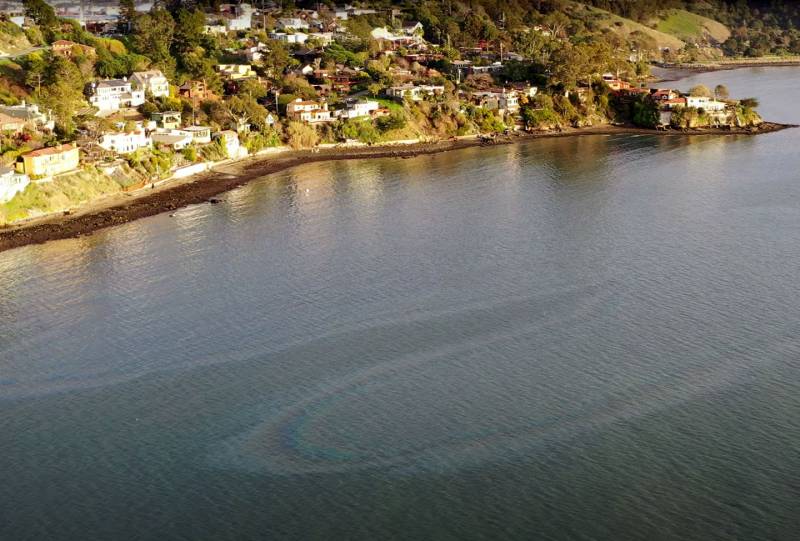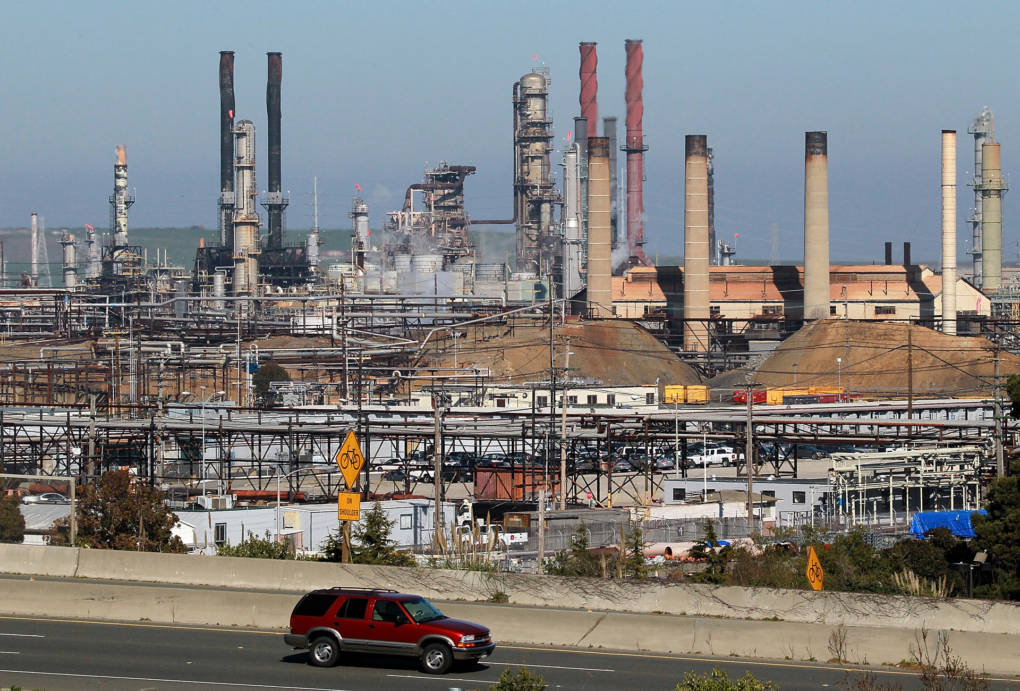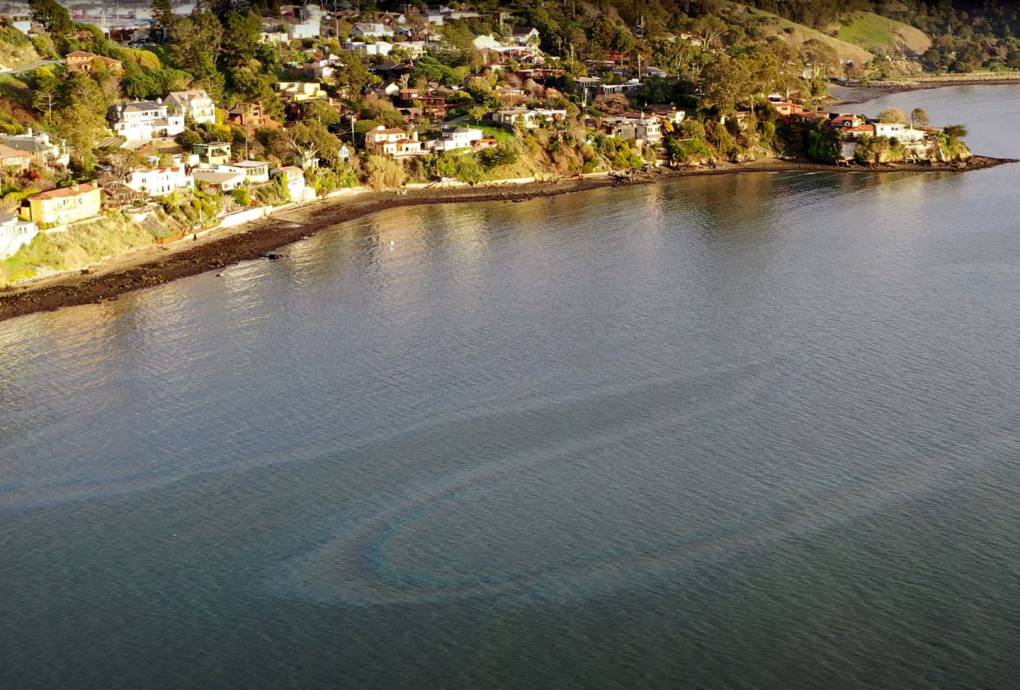Chevron says inspections at its Richmond refinery failed to detect corrosion on a pipeline that leaked hundreds of gallons of diesel fuel into the bay last February, a disclosure that one local official says shows the oil company's overall maintenance practices are inadequate to keep the oil-processing facility and the surrounding community safe.
Chevron briefly discussed the causes of the Feb. 9 leak in a three-page report delivered Wednesday to Contra Costa County Health Services' Hazardous Materials Program.
The document confirms previous accounts from state and local agencies that a tiny hole in a pipeline on the refinery's Long Wharf allowed about 800 gallons of diesel fuel mixed with water to spill into the surrounding waters. The spill spread for several miles along the Richmond shoreline and forced the closure of Keller Beach at the nearby Miller/Knox Regional Shoreline.
The spill came to light when a member of the public alerted a Chevron worker to the material on the water.
The report says a cement-lined carbon steel pipe — a line used intermittently to carry ballast water or refined fuel between tankers docked at the wharf and the refinery complex — failed due to internal corrosion.


